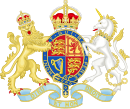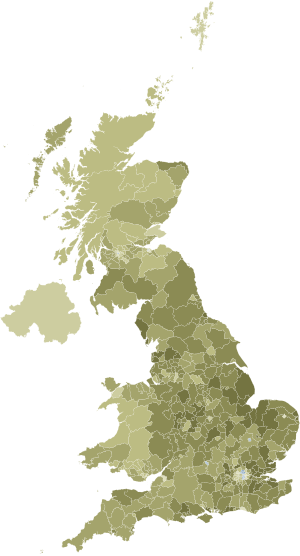
Back Refferendwm y Bleidlais Amgen i'r Deyrnas Unedig, 2011 Welsh Folkeafstemning om ny valgordning i Storbritannien Danish Wahlrechtsreferendum im Vereinigten Königreich German Referéndum sobre la reforma electoral en el Reino Unido de 2011 Spanish همهپرسی تغییر نظام انتخاباتی در بریتانیا Persian Référendum britannique de 2011 sur le vote alternatif French Referendum nel Regno Unito del 2011 Italian Folkeavstemning om ny valgordning i Storbritannia NB Referendum w Wielkiej Brytanii w 2011 roku Polish Референдум в Великобритании (2011) Russian
| National and regional referendums held within the United Kingdom and its constituent countries | |||||||||||||||||||||||||||||||||||||||||||||
|---|---|---|---|---|---|---|---|---|---|---|---|---|---|---|---|---|---|---|---|---|---|---|---|---|---|---|---|---|---|---|---|---|---|---|---|---|---|---|---|---|---|---|---|---|---|
 | |||||||||||||||||||||||||||||||||||||||||||||
|
|||||||||||||||||||||||||||||||||||||||||||||

The United Kingdom Alternative Vote referendum, also known as the UK-wide referendum on the Parliamentary voting system was held on Thursday 5 May 2011 in the United Kingdom to choose the method of electing MPs at subsequent general elections. It occurred as a provision of the Conservative–Liberal Democrat coalition agreement drawn up in 2010 (after a general election that had resulted in the first hung parliament since February 1974) and also indirectly in the aftermath of the 2009 expenses scandal. It operated under the provisions of the Parliamentary Voting System and Constituencies Act 2011 and was the first national referendum to be held under provisions laid out in the Political Parties, Elections and Referendums Act 2000. Many local elections were also held on this day.
The referendum concerned whether to replace the present "first-past-the-post" system with the "alternative vote" (AV) method and was the first national referendum to be held across the whole of the United Kingdom in the twenty-first century. The proposal to introduce AV was rejected by 67.9% of voters on a national turnout of 42%. The failure of the referendum was considered a humiliating setback for Liberal Democrat leader Nick Clegg, who had acquiesced to the Conservative offer of a referendum on AV rather than proportional representation (PR) as part of the coalition agreement.[1][2] The referendum was linked to the ongoing decline of his popularity and that of the Liberal Democrats in general.[3][4]
This was only the second UK-wide referendum to be held (the first was the EC referendum in 1975) and the first such to be overseen by the Electoral Commission. It is to date the only UK-wide referendum to be held on an issue not related to the European Communities or the European Union, and is also the first to have been not merely consultative: it committed the government to give effect to its decision.[5]
All registered electors over 18 (British, Irish and Commonwealth citizens living in the UK and enrolled British citizens living outside)[6] – including members of the House of Lords (who cannot vote in UK general elections) – were entitled to take part. On a turnout of 42.2 percent, 68 percent voted 'No' and 32 percent voted 'Yes'. Ten of the 440 local voting areas recorded 'Yes' votes above 50 per cent: four were Oxford, Cambridge, Edinburgh Central and Glasgow Kelvin, with the remaining six being in London.[7]
- ^ Cite error: The named reference
BBC5July2010CleggFacesAngerwas invoked but never defined (see the help page). - ^ Cite error: The named reference
:0was invoked but never defined (see the help page). - ^ Mulholland, Hélène (6 May 2011). "Nick Clegg: Bitter blow for Lib Dems after AV referendum defeat". The Guardian. ISSN 0261-3077. Retrieved 13 June 2024.
- ^ "Reformists turn on Clegg after landslide defeat in voting referendum". The Independent. 6 May 2011. Retrieved 13 June 2024.
- ^ "Parliamentary Voting System and Constituencies Act 2011: Section 8". www.legislation.gov.uk. Retrieved 6 December 2016.
- ^ "Local elections and Referendum" (PDF). Electoral Commission. 2011. Archived from the original (PDF) on 10 April 2011. Retrieved 8 April 2011.
- ^ "Parliamentary Voting Systems and Constituencies Act 2011, Section 2(1)(b)". Legislation.gov.uk. 13 April 2011. Retrieved 18 April 2011.
© MMXXIII Rich X Search. We shall prevail. All rights reserved. Rich X Search
